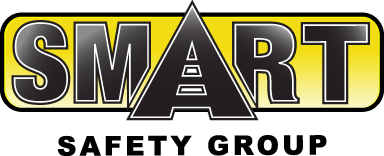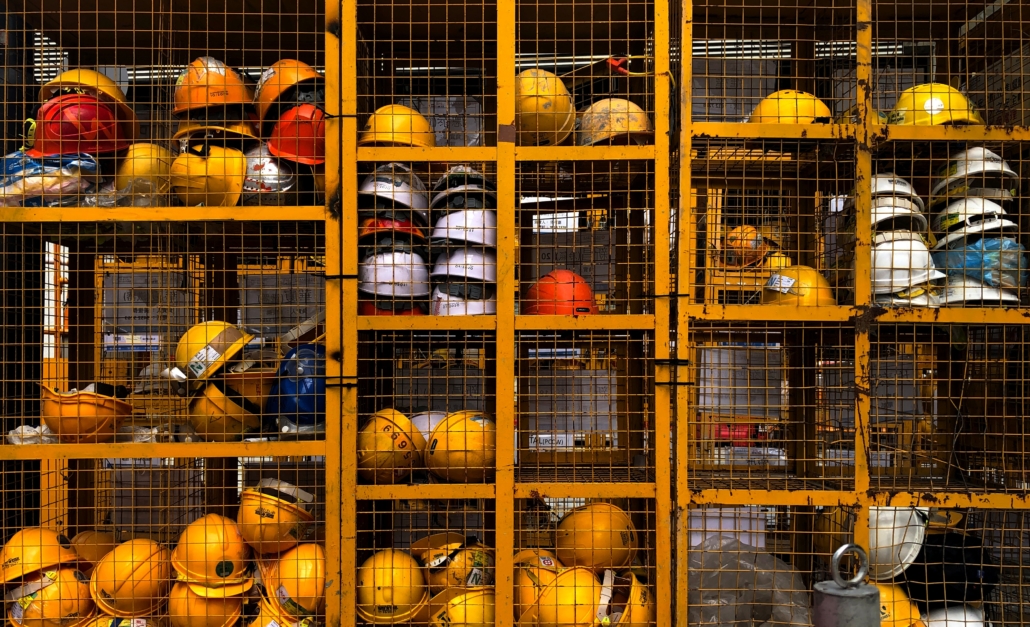The Evolution and Future of Hard Hats
Hard hats protect millions of workers every day and prevent countless fatal injuries every year. Over the last few years many safety experts have debated whether or not OSHA will be making changes to the head protection standard in years to come. As other OSHA standards change, the head protection standard has not had any changes since 2012 and the approved hard hat has remained the same for more than 50 years.
Head protection has not always been a requirement on jobsites, in fact, personal protective equipment was not a requirement for all related industries until 1971, although many companies began making it a requirement as early as the 1930s. The first “hard hat” was produced in 1898 by Edward Dickinson Bullard and was designed as mining protection gear. The hat had a similar look to a soft derby cap with a tough leather lining. Following this, in 1919 Bullard created the “Hard Boiled Hat”, which was designed to look similar to a WWI helmet. This head gear was made out of steamed canvas, glue and leather and is often coined the first official hard hat. There have been many different versions of hard hats created over the last 100 years; some out of aluminum, fiberglass, plastic and finally, what we see today, polyethylene.

The modern hard hat, the MSA V-Gard helmet, was designed in 1962 and essentially has not changed since then. There are different add-ons and accessories that improve the ability and effectiveness of hard hats. Some of these include: chin straps, face shields, hearing protection, lights, liners and additional suspension. Within the last five years some companies are questioning whether OSHA will update the standard to require hard hats to have a chin strap, but OSHA has not released any statements regarding the matter. In fact, OSHA has not posted their 2019 agenda, but their 2018 Fall Unified Agenda did not mention that they were specifically focused on head protection or personal protective equipment at all.
However, OSHA can still give a citation if they find that during a hazard assessment an employer did not address an above-average risk that produced the need for more specific safety gear. For example, a chin strap could be very useful in maintaining proper protection to employees working in tight spaces where they may bump their heads on low ceilings often. A chin strap connected to the hard hat can also help keep the head gear in place in the event that the employee falls to the ground when working on a scaffold or other lifting equipment. Falls are the number one most cited violation, according to the NSC, and when employees do fall there is nothing keeping a hard hat to their heads and protecting their skull during the fall.
Skanska, one of the world’s largest construction groups, did their own research regarding construction helmets and had employees test products that could replace hard hats. Skanska specifically tested helmets from KASK, which is an Italian company that specializes in head protection gear. During the last few years, KASK has gained a lot of attention from the construction industry due to their innovative gear. According to Skanska, the employees had nothing but positive feedback regarding the fit and safety of the helmets.
Whether OSHA alters the head protection standard in years to come or not, employers should always assess hazards and choose the best safety equipment for the job. It is important that employers are compliant with OSHA standards for many reasons including savings lives and money. Replacing and providing safety equipment can get expensive, but when considering the life of an individual at risk, employers should do everything they can to provide the most protection.
SMART Safety provides safety program management customers with full-service, 24/7 safety services. Customers can give us a call for safety consulting questions and if needed we will be on site as soon as possible. Our program services include, but are not limited to, jobsite safety audits, training, monthly safety meetings, weekly toolbox topics, incident response and more. For more information on how SMART Safety can help provide safety services to your company give us a call at (844) 820-8098 or send us a message using the Contact Us button at the top of this page.
#SafetyFirst #PPE #WorkplaceSafety #OSHA
More than just safety consultants, SMART Safety is an integrated safety services system.








